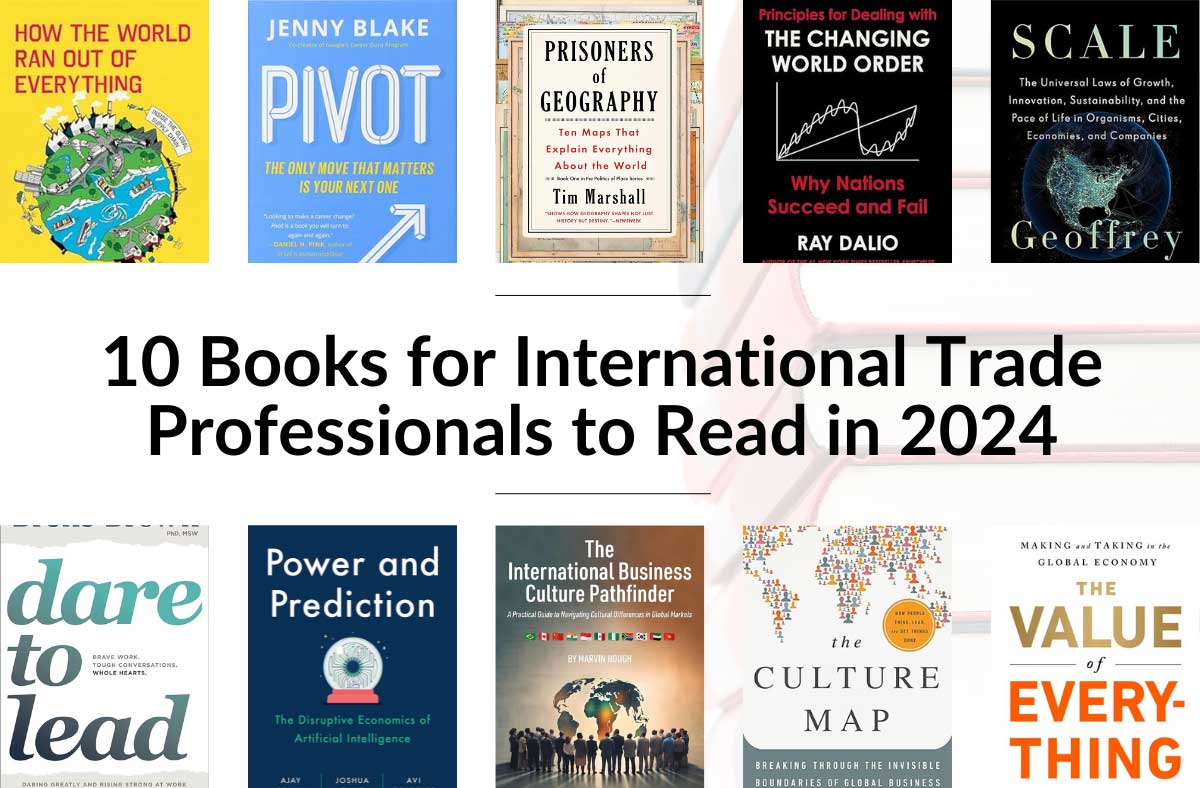 The Asian region accounts for 60 percent of the world’s populace and is filled with tremendous market opportunities, which Canadian companies cannot afford to ignore.
The Asian region accounts for 60 percent of the world’s populace and is filled with tremendous market opportunities, which Canadian companies cannot afford to ignore.
I believe now is the time to expand Canada’s trade and investment interests beyond the North American Free Trade Agreement (NAFTA) and focus on Asia, which will be one of the sources of growth in the 21st century.
Techniques To Identify Trade And Investment Opportunities
Expanding into foreign markets, especially Asia is a complex and resource-intensive activity.
You need to conduct sufficient market research, which will enable you to make better decision making, identity potential issues and threats, and minimize the risks involved in the internationalization process.
When examining the characteristics of your target market, including economic indicators, trends, qualitative and quantitative data, and other key market information, you need to break down the information by regions, sectors, and segments.
The granularity of the information will help you accomplish the following:
- Identify where the right market opportunities are and the right geographic areas to target
- Assess and comprehend growth drivers, including consumer spending, fiscal spending by the government, interest rates, demographics, psychographics, regulations, and technology
- Determine if your organization has the capabilities to pursue the identified opportunities
Food safety is a growing concern in the Chinese market.
The lack of trust among Chinese consumers for locally made food products has stimulated a strong demand for Western-made foods.
This pain point can be an opportunity for Canadian food and agricultural companies.
Given the country’s geographic size and multifaceted consumer population, you cannot treat China as a single market.
If you breakdown the food sector into sub-sectors, one of the most lucrative segments are infant nutrition and baby food products.
Approximately, 18 million babies are born every year in China, which is more than half the size of the Canadian population.
Given the lack of quality assurance among Chinese baby food producers, parents in China are willing to pay a premium to secure Western labelled baby food products that are deemed safe.
To put things into context, a 6 pack, 8 ounce baby cereal that has a retail price of $16 USD to $20 USD in North America would sell in China for $32 to $40 USD.
Breaking down the economic indicators such as gross domestic product (GDP) into geographic regions will present a different picture.
Guangdong province, which is located in the Southern part of China and home to prominent companies such Huawei and ZTE, has a GDP growth of 8.5 percent in 2013 and surpassed the national GDP growth rate of 7.7 percent.
If you look at the central part of China, the region is experiencing double-digit growth.
Now, if we look at China’s disposable income at the national level, it has grown significantly in the last 10 years from $1,510.72 USD in 2004 to $4,322.13 USD in 2014.
Categorizing this indicator by administrative regions, you will find the top five administrative areas in China with the highest disposable income are, in order, the City of Shanghai, City of Beijing, Province of Zhejiang, City of Tianjin and Province of Guangdong.
By using the granulating technique, we have identified infant nutrition and baby food products as lucrative markets. We have also identified geographic areas in China which have strong economic activity and high disposable income.
Granulizing key market information has helped us identify market opportunities and short-list areas in which to potentially trade and invest.
For the purpose of this article, I only used a handful of market characteristics to demonstrate the value and importance of granulizing information. In order to conduct a comprehensive opportunity identification and market assessment, you need to examine more market characteristics.
Assessment of driving forces behind opportunities
Finally, it is important to fully comprehend the driving forces behind the growth and opportunities you are examining. This will help you assess and define your market size, market potential, sustainability of the opportunities, risks/rewards, derailers and other critical success factors.
I worked on a market assessment and sourcing project in 2011 regarding ASEAN’s secondhand market for mobile devices. ASEAN or the Association of Southeast Asian Nations is a 10-member trade bloc of Southeast Asian countries that promotes economic growth, social progress and cultural development in the region.
In 2013, several ASEAN countries posted strong GDP growth with Cambodia at 7.2 percent, Indonesia at 5.78 percent, Malaysia at 4.7 percent, Philippines 7.2 percent and Vietnam at 5.42 percent. The bloc will push for further economic integration by 2015.
The economies of ASEAN countries are consumer-driven. The region is also seeing an increase in its middle-class coupled with a population of 600 million that uses technology and mobile devices in its everyday lives.
This provides the right market conditions and opportunities for Canadian technology companies to pursue. Major growth can be found in the secondhand market for electronic devices, especially branded feature-phones and smartphones such as Nokia, Apple, Alcatel, Sony, Samsung and Blackberry.
Many Asian consumers see their mobile devices as an extension of their personal identity and social status. Owning a branded phone puts owners in better standing among their social circles.
However, despite a rise in disposable income, many consumers still cannot afford a new name-brand phone, thus fueling the demand for secondhand branded phones.
Although my market assessment and sourcing project focused on the Southeast Asian market, the results made me realize the significant opportunities in Asia’s Information and Communications Technology (ICT) sector.
The growth of Asia’s mobile market will spur demand along the value chain, including telecommunications equipment, wireless, wireline, software, and other back-end and front-end functions.
According to ROA Holding, an independent Tokyo-based market research and consulting company specializing in wireless and mobile markets in Asia, it is estimated that the total number of global mobile subscribers will reach approximately 7 billion by 2015.
Asia’s share is expected to be 65% of that number or 4.34 billion. Canada, being a global player in the telecommunications, wireless, software, and mobile technologies, is well positioned to pursue market opportunities in the Asian region.
Other secondhand goods that I have seen being sold in Asia include cars, cameras, laptop, MP3 players, tablets, e-readers, appliances, clothing, and furniture.
Canadian trade companies and Canadian entrepreneurs who are in a position to source used Western made goods and sell to Asia will stand to make profits.
To conclude, granulating market characteristics and economic indicators can help you find the right opportunities and the right geographic areas to target.
Furthermore, this enables you to assess growth drivers and determine your organizational capabilities to pursue the opportunities.
Do you have any other tips and examples on using such segmentation of market characteristics? Please use the comment section below to share how such techniques helped you identify and pursue trade opportunities.








disqus comments